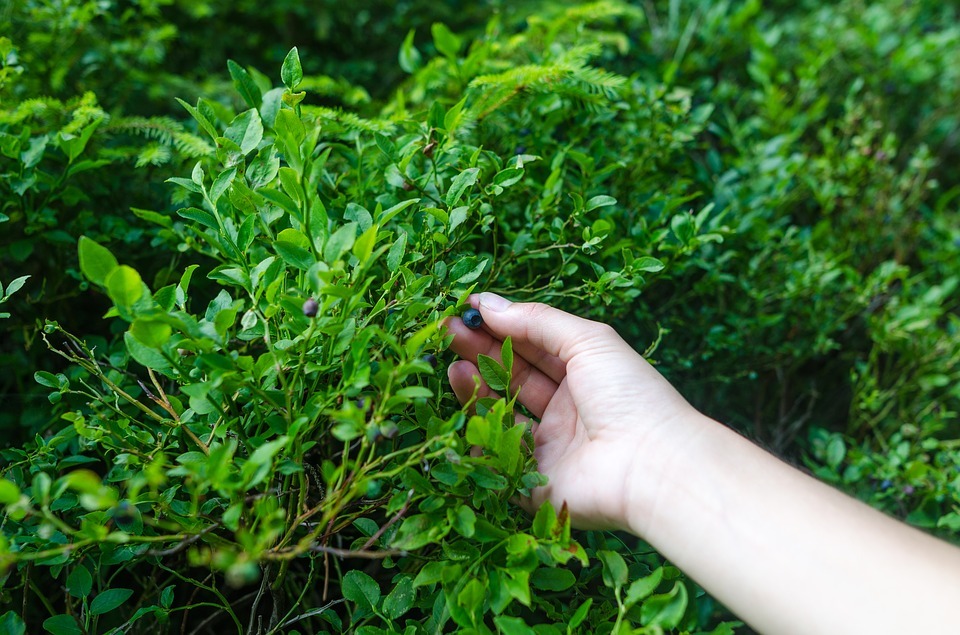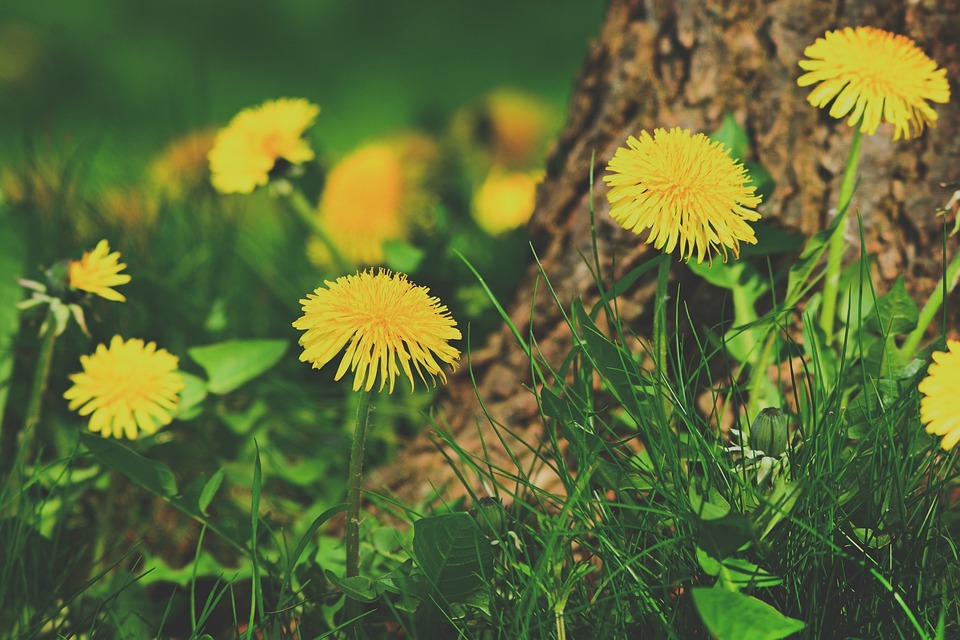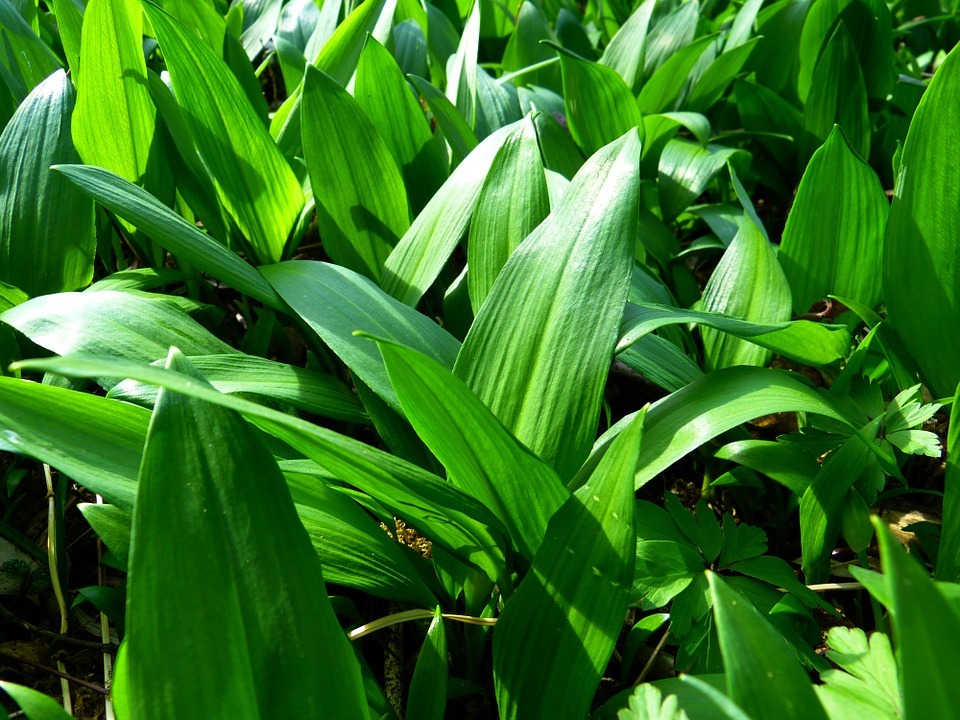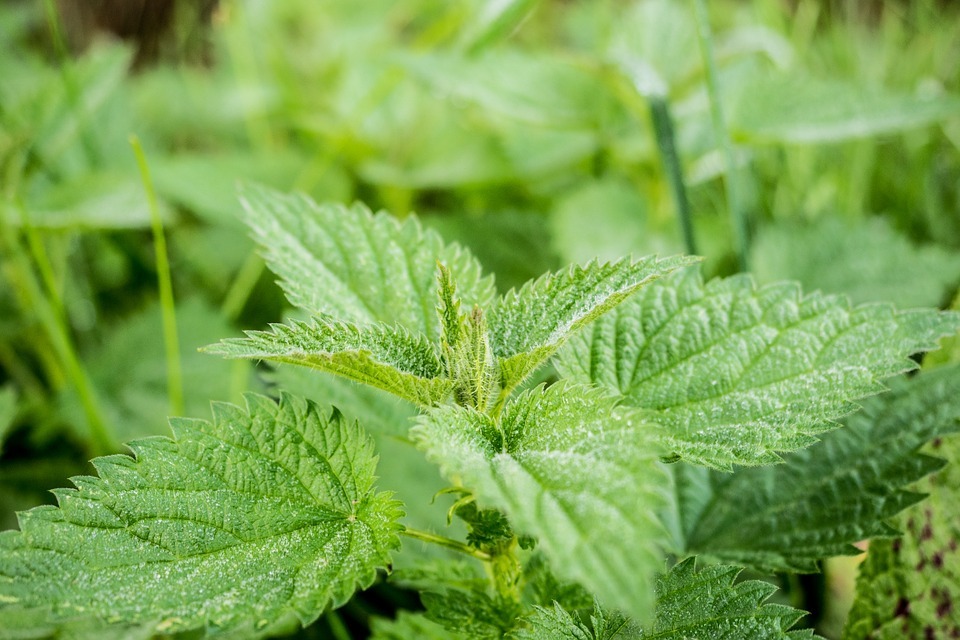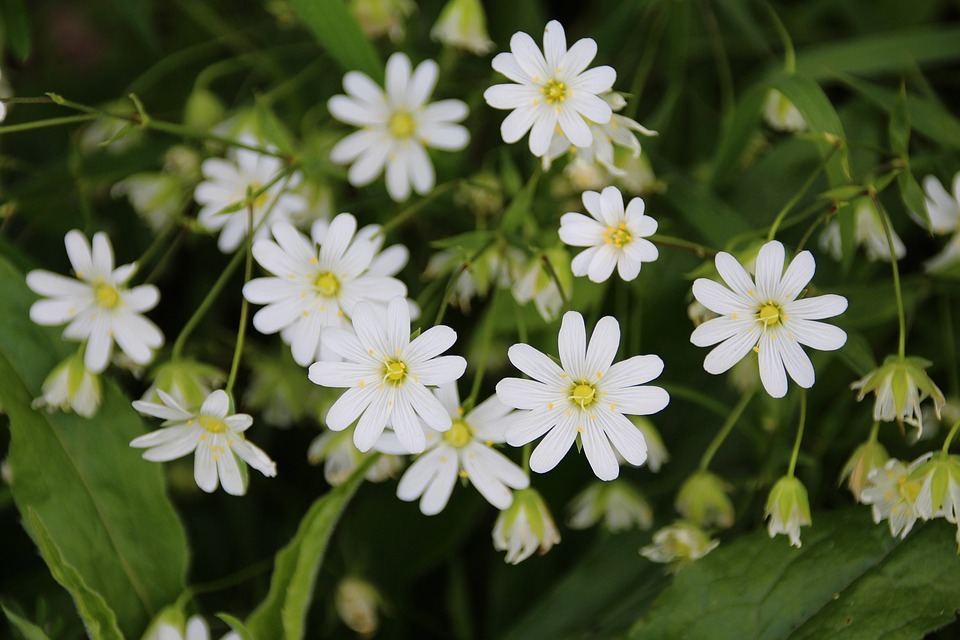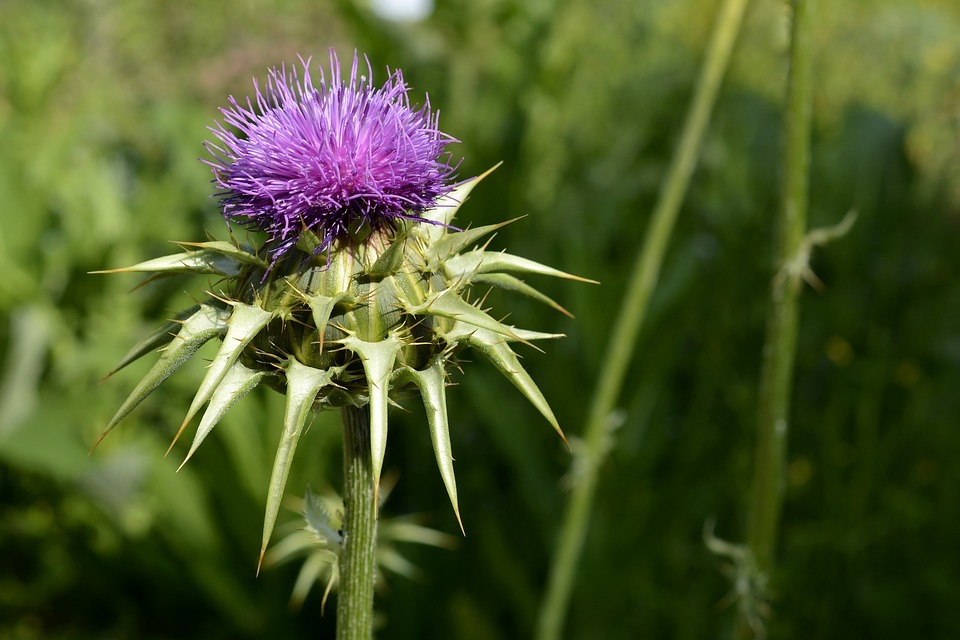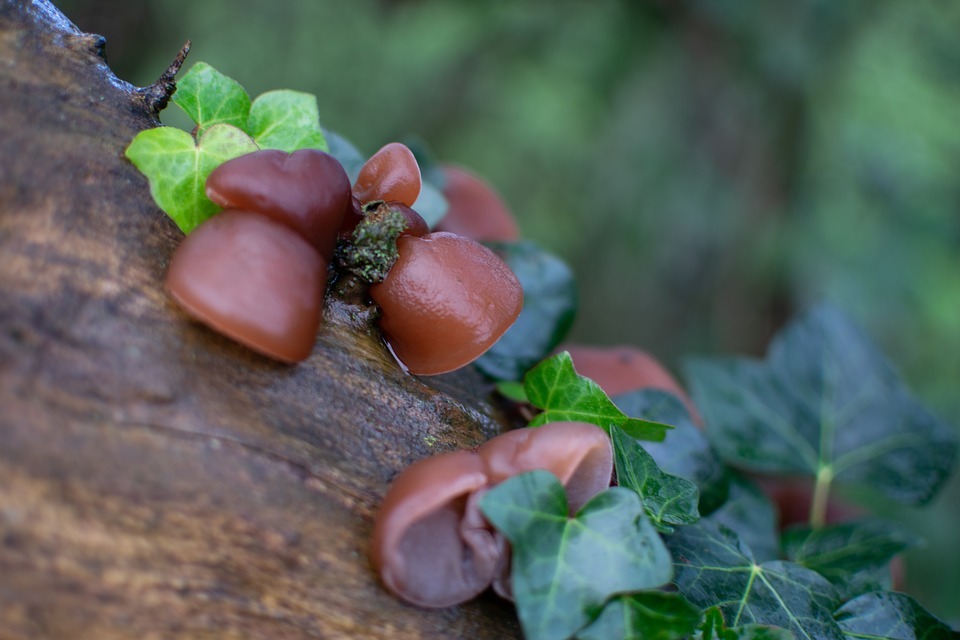Foraging is finding and harvesting wild foods for free, and some people call it gathering. It can involve hiking in the mountains and going to different places to find unique but edible plants, fruits, and other foods. Learning how to forage is also a great way to practice preparedness and survivalism when disasters and calamities come, and lack of food supply occurs. If you don’t have your list of survival foods, foraging can ensure you can feed your family.
Foraging has been gaining popularity in recent years. But did you know that for our distant ancestors, foraging has been their way of life or a necessity? In fact, during World War 2, collecting rosehips and making them into syrup was an important way of supplementing vitamin C intake during the time when oranges importation was widely restricted.
Let us know more about foraging, including what edible plants and weeds are available for you to forage and as well as its advantages.
Most Common Edible Plants to Forage For
There are lots of edible plants you can find growing around you. Sometimes, you no longer have to travel far or go deep into forests to be able to find edible plants, because they can be available even just outside your house. The trick is simply to know when and where to look. Here are some of the most common edible plants you can forage for.
Dandelions
Dandelions are wildflowers, and every part of them is edible. They have a bitter taste, but it can be removed when cooked. But the leaves of Dandelions are best eaten raw when they are young. Since we’ve mentioned that all parts are edible, it means that you can also eat their roots. The roots of Dandelions are usually dried and ground. Use can use it as a substitute for coffee.
Dandelions are known to be rich in vitamins A, K, C, and E, and as well as in the minerals iron, calcium, and manganese. They are also known to act as a diuretic which can help with liver, kidney, and urinary disorders. Their dried leaves are also excellent tea infusion all year round.
Wild Garlic
Wild garlic is a springtime foraging specialty in Asia and Europe. You can add it to your salad during the time when other green veggies are not available. Wild garlic is also known as ramsons. You can also use it in making garlic pesto, or add them to soups and other dishes. Wild garlic plants have pretty white flowers and bulbs, which are also edible.
Stinging Nettle
Stinging Nettle is a spinach-like vegetable that is rich in mineral. It also contains high amounts of calcium, magnesium, iron, and manganese. It is considered to be nature’s superfood. You can harvest young and fresh Nettle leaves using gloves. Then, soak them in water to denature the sting, making them edible either raw or cooked.
Nettles are known to have a good reputation for reducing arthritis and joint pain. Aside from that, it can also alleviate allergy and as well as cleanse toxins from the blood and clear the body of uric acid.
Elderflowers
Elderflowers have a refreshing and gentle fragrant scent that lasts for a few weeks from late spring. You can gather its flowers and make them into an herb tea or elderflower cordial. This flower can be used as a remedy for catarrh inflammation, such as coughs, sinusitis, and hay fever. Aside from that, it also has pleasant and relaxing properties that can help relieve your stress.
Chickweed
Chickweed is a common weed that grows in gardens and on cultivated ground. You can usually find in it winter when other plants are not available. It can be added to fresh salads, or you can also use it to make creams for treating skin issues.
Milk Thistle
Milk Thistle is an herb, and the leaves stripped of their prickles are edible and can be added in a salad. Its seeds, on the other hand, can be made into an herbal tea. It has medicinal properties and is known to be beneficial in purifying the blood. It’s easy to recognize Milk Thistle because of its magenta-purple flowers and creamy white marbled leaves.
Blackberries
Most of us probably know what blackberries are. It is a wild fruit that can be eaten fresh or made into jam and pies. They can also be turned into Blackberry wine, which is both healthy and delicious. If you do not want to spend money on buying blackberries, you can simply go out and forage for some.
Wild Mushrooms
Experienced foragers can also gather wild mushrooms and edible fungi. However, more care and knowledge is needed because there are poisonous mushrooms out there. You need to learn how to correctly identify fungi first before gathering and eating them. Some of the common edible mushrooms are the Jew’s Ear and the Field Mushroom.
Advantages and Disadvantages of Foraging
Foraging has a lot of benefits for people. But just like other things, it also has some disadvantages. Here are the advantages and disadvantages of foraging.
Advantages:
- Helps Save Money: Foraging can help you save money because you can get certain foods for free. If you make it a habit, you will realize that you are spending less money on food.
- It Promotes Awareness: Foraging promotes awareness to people. It makes us aware of our surroundings, making us appreciate nature and different ecosystems.
- It Can Help You Exercise: If you go foraging, you can also exercise more because it requires you to go out on fairly long walks. There are also times when you need to climb in order to avoid obstacles, meaning you engage more muscles.
- It Is Healthier: Foraged wiled foods usually have better nutritional value compared to foods bought in supermarkets. This means that when you forage, you will be able to get more vitamins and minerals.
- Improved Cooking: With foraged foods, you will discover a new world of possibilities. When you familiarize yourself with different flavors, you can experiment with them and create new dishes.
- Foraging is Fun: Foraging is a fun activity, and you can do it solo or as a group. Foraging with friends and family is a fun bonding activity.
Disadvantages:
- You Need Lots of Time: If you plan to go foraging, you need to allocate plenty of your time to learning how to do it properly. It is also important to learn the scientific names of plants along with their common names to ensure that you are foraging the right edible plants. It means that you need lots of patience to be able to fully learn how to forage for foods properly and safely.
- Some Green Spaces Are Polluted: If you live in urban areas and you wish to forage for food, it can be a challenge to find the right place because most parks and green spaces are polluted. They are mostly near traffic, and plants are sprayed with pesticides.
Tips on How to Forage Safely
If you plan to try foraging soon, here are some of the safety tips you can follow to avoid getting dangerous and toxic plants.
Avoid Foraging in Toxic Areas
If you live in urban areas and you want to try foraging, you need to avoid wild edible plants near traffic. It’s because most plants absorb lead and other chemicals from toxic exhausts. These toxins can settle in the soil for a long time, even if the traffic is no longer there. Also, make sure that the area you are foraging in is not sprayed with pesticides.
Know the Parts of the Plant That Are Safe to Eat
When you forage plants, you need to be sure which of its parts are edible and which are dangerous. You also need to know in what season they are safe to gather and consume to be safer.
Know the Water Source When Foraging Wild Water Plants
If you want to forage wild water plants, it’s important to know the water source first, especially if you plan to eat them raw. When you eat plants that have grown in contaminated water, it’s like you are drinking contaminated water as well.
Only Gather Plants That Look Healthy
When foraging, avoid dull looking plants because those can be afflicted by pollution, pests, and disease. Go for plants that look healthy because it minimizes your risk of illness, and at the same time, you are getting more nutritious food.
Ask Permission to Forage
Remember that when foraging, you also need to ask permission when necessary. Make sure that you are respecting property rights and laws, because it can result in some unpleasant consequences if you don’t. You can also confirm with your local laws first if foraging is allowed in your place to make sure.
Foraging is indeed a fun way to discover different edible plants, herbs, and fruits, and what’s best is you can get them for free. Just always remember that in foraging, your safety should be your number one concern.
